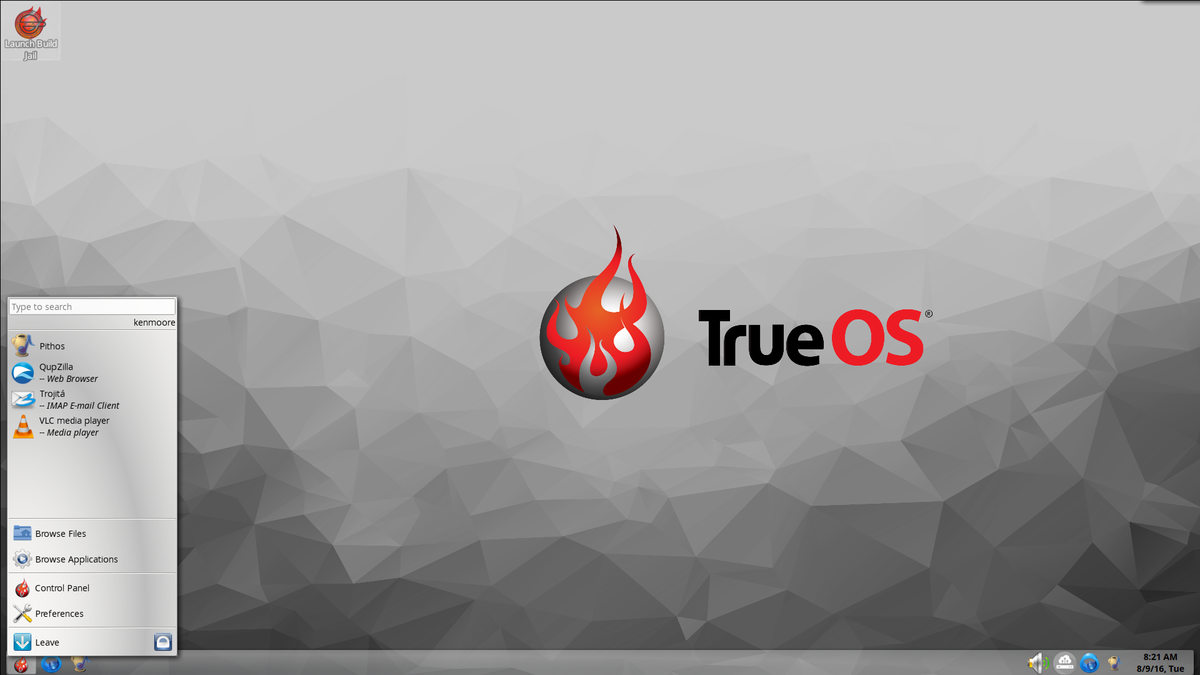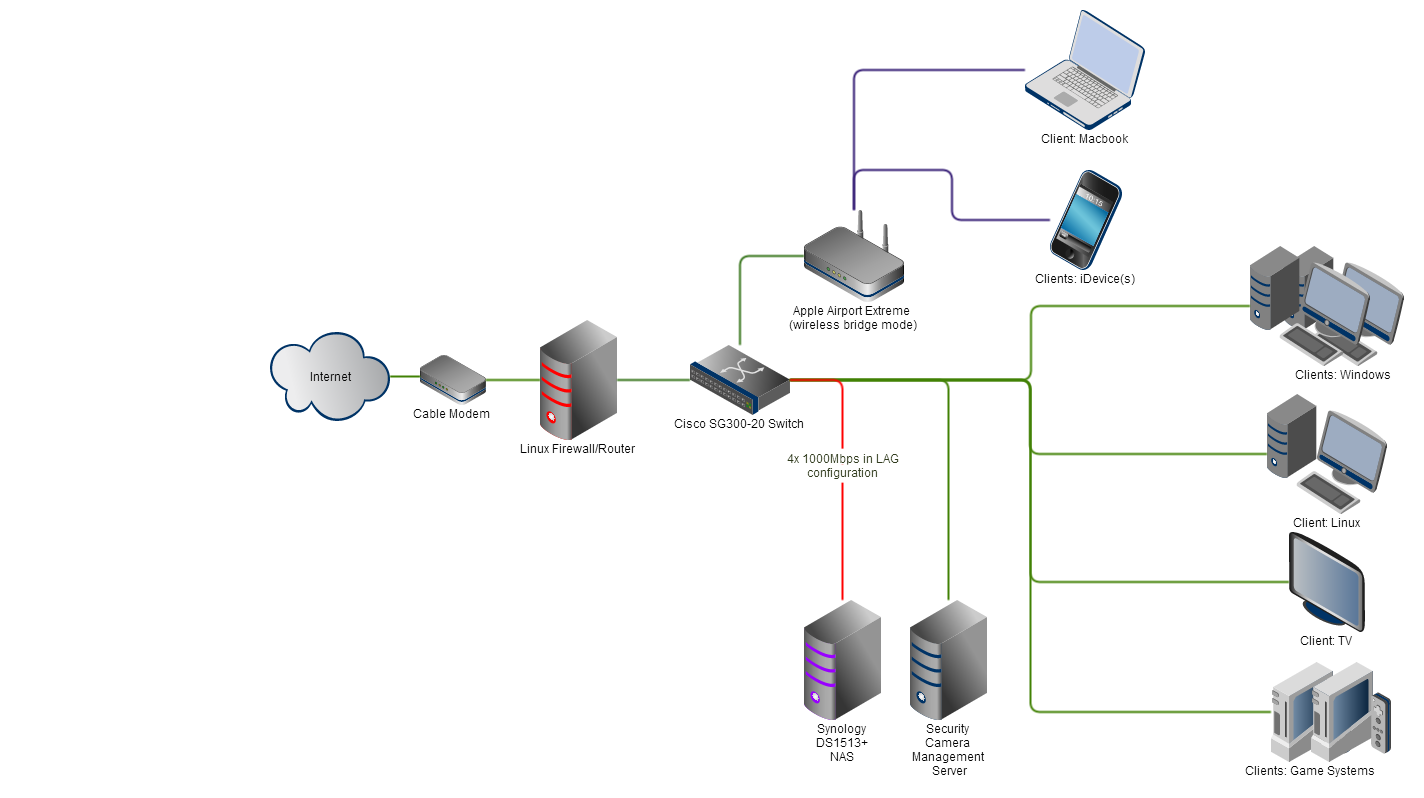
How To Install Portsnap On Nas Setup Diagram
• Per directory: 2 48 • Per file system: unlimited Max. Filename length 255 characters (fewer for multibyte such as ) Features Yes (called 'extended attributes', but they are full-fledged streams) Attributes POSIX, NFSv4 ACLs Transparent compression Yes Yes Yes Yes Other Supported,, distributions,,, (only read-only support),, via third-party ('ZFS on Linux') or ZFS-, ZFS is a combined and designed. ZFS is scalable, and includes extensive protection against, support for high storage capacities, efficient data compression, integration of the concepts of filesystem and, and clones, continuous integrity checking and automatic repair,, native, and can be very precisely configured.
Setting up a Freebsd NAS server with Postgres. Install any freeNAS updates prior to configuring jails. Portsnap fetch extract (to get the ports).
The two main implementations, by and by the project, are extremely similar, making ZFS widely available within systems. The ZFS name stands for nothing - briefly assigned the ' Zettabyte File System', it is no longer considered an initialism. Download buku belajar membaca dan menulis pdf. Originally, ZFS was proprietary, developed internally by Sun as part of, with a team led by the CTO of Sun's storage business unit and Sun Fellow.
In 2005, the bulk of Solaris, including ZFS, was licensed as under the (CDDL), as the project. ZFS became a standard feature of Solaris 10 in June 2006. In 2010, Sun Microsystems was acquired by and ZFS became a registered trademark belonging to. Oracle stopped releasing updated source code for new OpenSolaris and ZFS development, effectively reverting Oracle's ZFS to. In response, the project was founded, to maintain and enhance the existing open source Solaris, and in 2013 was founded to coordinate the development of open source ZFS.
OpenZFS maintains and manages the core ZFS code, while organizations using ZFS maintain the specific code and validation processes required for ZFS to integrate within their systems. OpenZFS is widely used in systems. In 2017, one analyst described OpenZFS as 'the only proven Open Source data-validating enterprise file system'.

This section needs additional citations for. Unsourced material may be challenged and removed. Find sources: – ( August 2018) () ZFS compared to other file systems [ ] The management of stored data generally involves two aspects: the physical of one or more such as and and their organization into as seen by the (often involving a,,, or suitable device ), and the management of data and files that are stored on these logical block devices (a or other data storage). Example: A of 2 hard drives and an SSD caching disk is controlled by, part of the and built into a desktop computer.
The user sees this as a single volume, containing an NTFS-formatted drive of their data, and NTFS is not necessarily aware of the manipulations that may be required (such as reading from/writing to the cache drive or if a disk fails). The management of the individual devices and their presentation as a single device is distinct from the management of the files held on that apparent device. ZFS is unusual, because unlike most other storage systems, it unifies both of these roles and acts as both the volume manager and the file system. Therefore, it has complete knowledge of both the physical disks and volumes (including their condition and status, their logical arrangement into volumes, and also of all the files stored on them). ZFS is designed to ensure (subject to suitable ) that data stored on disks cannot be lost due to physical errors or misprocessing by the hardware or, or events and which may happen over time, and its complete control of the storage system is used to ensure that every step, whether related to file management or disk management, is verified, confirmed, corrected if needed, and optimized, in a way that storage controller cards and separate volume and file managers cannot achieve. ZFS also includes a mechanism for and, including snapshot; the former is described by the documentation as one of its 'most powerful features', having features that 'even other file systems with snapshot functionality lack'. Very large numbers of snapshots can be taken, without degrading performance, allowing snapshots to be used prior to risky system operations and software changes, or an entire production ('live') file system to be fully snapshotted several times an hour, in order to mitigate data loss due to user error or malicious activity.
Snapshots can be rolled back 'live' or previous file system states can be viewed, even on very large file systems, leading to savings in comparison to formal backup and restore processes. Snapshots can also be cloned to form new independent file systems. Summary of key differentiating features [ ] Examples of features specific to ZFS include: • Designed for long term storage of data, and indefinitely scaled datastore sizes with zero data loss, and high configurability. • Hierarchical of all data and, ensuring that the entire storage system can be verified on use, and confirmed to be correctly stored, or remedied if corrupt.